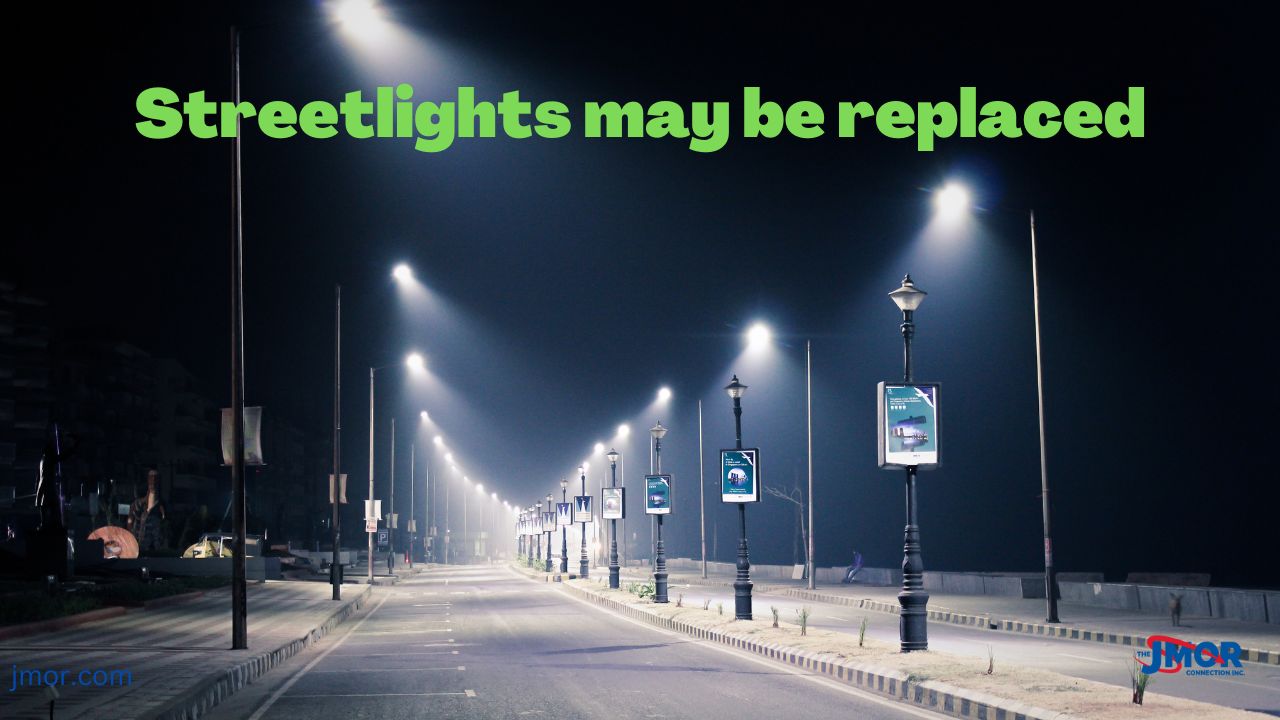Streetlights originated around 500 BC in many locations in Rome and London; however, it took centuries to become a cornerstone in our world. Many said that if you left your home with no light outside, you were not part of the elite and were subject to being mugged. Now it seems there are plans to replace the street light and will see through this article a new change that will be made possible by understanding some inner workings of nature. Throughout the years will understand how the evolvement of unique technology, higher operating efficiency, and a lower total cost of ownership made them appear around the globe.
Roman people constantly worried that they would walk or be in a place where light may not be or suddenly go out. To help mitigate the night challenges that lurked on the streets in Rome, many Romans used enslaved people to deploy vegetable oil lamps to illuminate their homes. The enslaved people not only put up and took down the lights each day but also kept a watchful eye to ensure enough oil was always present to burn, thus keeping the flame lit.
Around 1417, London required all homeowners to hang lanterns outside their homes during winter. Some of their duties included but were not limited to using torches to light streetlights, the installation of new streetlights, and fixing existing streetlights. Within a short time, streetlights were lit by a group of boys called “link-boys,” which was a dangerous job. These tasks were challenging for the boys, and they often ran into footpads. Footpads were harsh thieves who went after walkers, primarily at night when it was dark.
When 1617 turned, Paris was known as “The City of Lights,” Around the 17th century, Paris increased its police force to light street lights to decrease crime and keep the areas safe. At this time, Lanterns were put on every main street, and residents were asked to light their windows with candles or oil lamps. After this order, Paris was given the name “La Ville-Lumière, “the City of Light in English.”
Close to the 19th century, birthed the Gas lights that were engineered in London, which quickly became widespread worldwide. Shortly after the movement in Paris, Whale Oil Streetlight became popular at whaling ports in England. Then streetlights became more than objects to light the way and kept all safe but a tourist city attraction. Rembrandt Peale used gas lights to highlight the new museum he founded in Baltimore, and as he said, it “had drawn the visitors like moths to flame.” Next, Paris, in 1820, followed this by quickly installing gas lights on poles.
1875 was now upon us, and the Yablochkov Candle was the first known electric lamp installed as a streetlight in Paris. The first electric streetlight was erected in America, which you think was invented by Thomas Alva Edison, but it was not. Thomas Edison used the prior gas light to help prototype his first electric light. Thomas Brush developed the first electric street light design as a competitor of Thomas Edison, and the first was installed in Wabash, Indiana. About 70 years Philidelphia blew out its last gas light in 1950.
On March 2, 1949, in New Milford, CT, the first automatic streetlights commenced. Forty-Seven years later, the fabrication of High-Pressure Sodium Lamps was developed to be used in streetlights. Then in 1883, the first solar panel was built with only the ability to support 1% efficiency as compared to today, now using 22% efficiency.
Forty-Seven years 1930 later, the Low-Pressure Sodium Lamp was created to be used as a light source in street lamps. Another 35 years later, 1965 marked the beginning of High-Pressure Sodium Lamps to be used in Streetlights. HID or also known as High-Pressure Sodium Lamps were more efficient, and a better color than the Low Pressure Sodium Lamps. Two things that make these lights unique are an outer jacket that may be removed and a vacuum layer for insulation.
Today, LED lights have not been adopted everywhere but are becoming more popular as they are more efficient and last longer. The upgrade from the HID is the LED Lamp which has a higher level of illumination and lowers energy usage than HID Lamps. Now that we understand how streetlights became a staple, what will they be replaced next?
Did you know that scientists are now probing to find organisms that may someday replace the light from a streetlight? Many organisms on the earth have bioluminescence, such as glowing bacteria, plankton, squid, fungi, jellyfish, fish, and fireflies. Since 382 BC, during the Aristotle era, many have noticed bioluminescence, often referred to as “cold fire,” later referenced as “foxfire.” Bioluminescence will give off a soft light, thus keeping it from contributing to light pollution that worries many. After years of research, MIT found a way to create a glowing plant. They are hoping to start by creating a desklamp using a glowing plant you won’t have to plug in.
Bioluminescence plants can glow for up to four hours, an hour longer than the Glowee prototype. However, they are working hard to achieve an intense glow you can read by that will keep regenerating and allow it to glow for the plant’s lifetime. They are also working on devising a unique eco-friendly bioluminescence plant spray. Thus we may not have bioluminescence street lights tomorrow, but we will have a desk light that doesn’t use electricity soon.
Making the commitment and choice to develop not only environmentally friendly technology that supports our growing life is one thing, but unlocking more mysteries in nature may give us a new lease on life and help us live longer.






